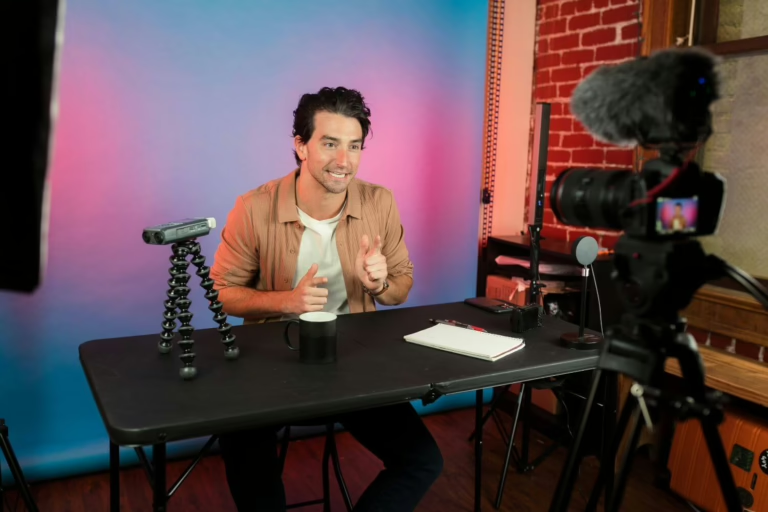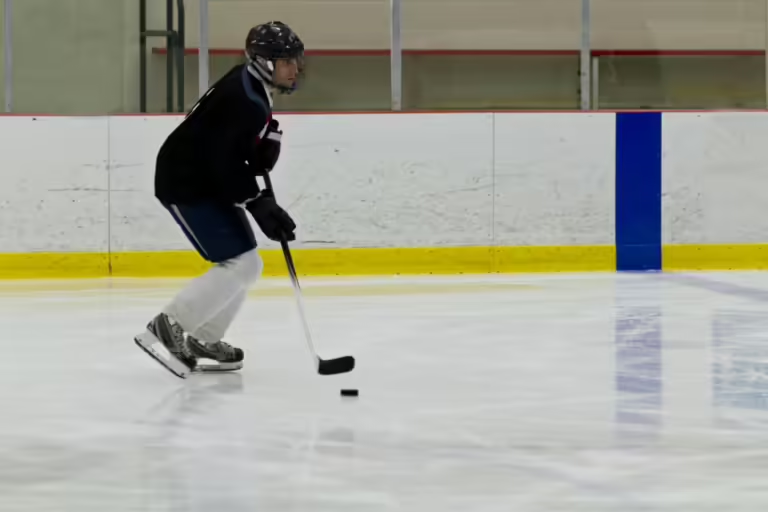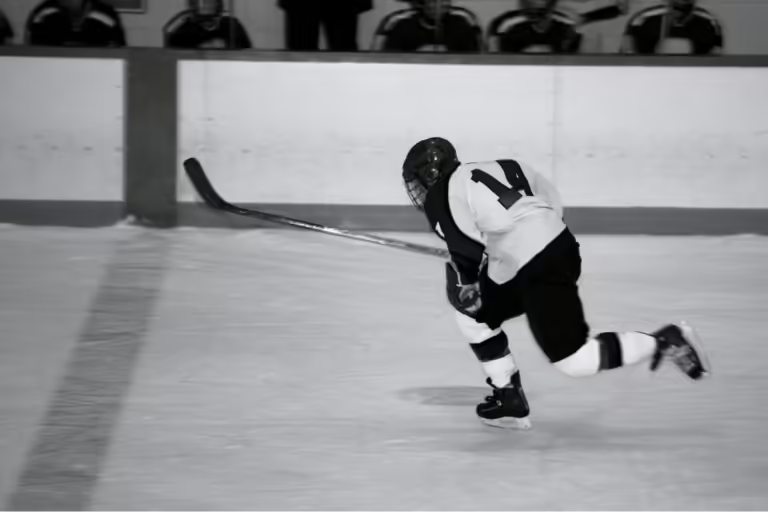Hockey has changed over the eras. It’s amazing to see how even the greatest players and teams played decades ago. Their plays and systems, their shots and techniques – everything has changed.
One of the biggest changes to the game is how the most effective goal scorers shoot the puck. Their shot cannot be bucketed into the previous categories of shots. They aren’t wrist shots. But they aren’t snap shots. They are a modern hybrid of the two.
Here’s how the best goal scorers in the NHL are shooting the puck and how you can do the same.
The Old Wrist Shot vs. The Modern Technique
We all remember being taught how to take a wrist shot. You bring the puck to the back of your stance, and you sweep your stick forward and finish with your wrists and the toe of your stick pointing to your target.
But as this video points out, that creates a lot of friction on the ice and a lot of visibility for the goalie. And it’s not how the top NHL goal scorers are shooting anymore.
How Auston Matthews Shoots
Auston Matthews knows how to shoot. And if you take a look at his most common shot, it’s this new modern hybrid of a wrist shot and a snap shot. Like most of the great NHL goal scorers, he brings the puck close to his skates before firing off a quick snap shot.
How Connor Bedard Shoots
Connor Bedard also has a deadly accurate shot thanks to this new modern technique. Similarly to Auston Matthews, Connor Bedard typically drags the puck closer to his skates prior to shooting a quick snap shot. And similar to Matthews, Bedard really utilizes the stick flex to put some power behind his shot.
Check out the intensity in his face and body language when he takes some of these shots in a real game:
And here’s a bit more insight on how Bedard thinks about his shot, as well as a few off-ice drills you can do to mimic his shot in your own game.
Breakdown Of The Modern Shot
Off-ice practice of your shot is a great way to get a lot of reps in. Practice makes perfect. However nothing can recreate game situations like being on the ice – not even the best artificial ice hockey surfaces.
Here’s a great breakdown of the mechanics of the modern wrist snap shot, including taking the shot off your back foot as well as your front foot, and what to focus on in terms of hand position.
What Exercises Help With Improving Your Shot?
Shooting the puck is truly a full-body activity. You must activate your legs, core and upper body to shoot the puck effectively. Aside from improving your shot technique, you can improve your shot power through strengthening your body.
To add some power to your shot, focus on strengthening your core and posterior chain with these exercises:
Pallof Press. All hockey shots involve some rotational power of your core. Many players and coaches choose russian twists with a medicine ball to train for rotational power, but the Pallof Press puts more tension on your core, allowing you to train more efficiently.
Lower Back Extension. Bulletproofing your lower back with lower back extensions is a great way to both prevent injury and strengthen your hockey shot. There’s so much power produced in your lower body and posterior chain when taking a shot, and this is a foundational movement to train that muscle group.
What’s The Best Stick Flex For A Great Wrist Shot?
The general rule of thumb for choosing the proper hockey stick flex is to take your weight and divide it by 2. So if you weigh 180lbs, you should be using a stick with about a 90 flex.
However, that’s only part of the story. For wrist shots, you want to use a stick with slightly more flex than normal, which will give you more power when you load your stick with this new modern snap shop. This is why many forwards typically play with more flexible sticks.
If that same 180lbs player was a forward and wanted a stick to prioritize their snap shot, they may play with a 75 flex or 85 flex.
What’s The Ideal Stick Length For A Great Wrist Shot?
Another huge factor when it comes to your stick and how well you shoot the puck is the length of the hockey stick. Typically, you want your hockey stick to come up to your chin while you’re on skates.
However, if your primary shot is a wrist or snap shot, a slightly smaller stick can give you much more leverage and puck control. This is why many forwards play with sticks that are shorter than their chin – some play with the sticks even coming up only to their sternum.
Defensemen on the other hand utilize slapshots more than wrist shots, in which case a longer stick will give them much more power. In addition, a longer stick allows for more area coverage to deliver poke checks. This is why defensemen typically play with a stick that is at least up to their chin, sometimes even higher.
Get Out There And Score Some Goals!
You’re now armed with proper shooting technique and can customize your stick to match your play. Now it’s time to hit the ice and fill up that scorecard with your name!



